Politics
BJP's Headache: Shiv Sena Will Never Grow Up
Abhiram Ghadyalpatil
Oct 13, 2015, 07:18 PM | Updated Feb 11, 2016, 08:56 AM IST
Save & read from anywhere!
Bookmark stories for easy access on any device or the Swarajya app.
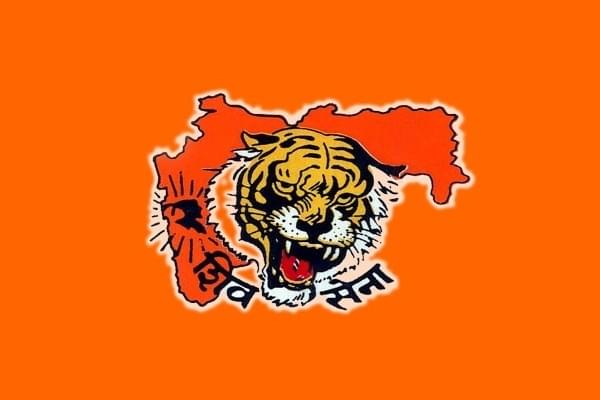
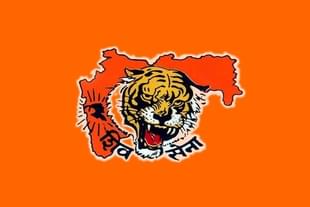
Shiv Sena’s baggage of history has prevented it from learning the new languages and subtext of politics.
Of all the traditional and cost-efficient mediums of public messaging, the street play perhaps offers the best cost to benefit ratio. It gives very spectacular returns on a very moderate investment. The Shiv Sena, founded by the late Balasaheb Thackeray in 1966, is perhaps India’s best exponent of the political art of street play.
What it did in Mumbai on October 12—blacken the face of Sudheendra Kulkarni to protest his invite to former Pakistan foreign affairs minister Khurshid Kasuri to release his book in Mumbai—was only the latest act in a long running theatre of street plays that the Shiv Sena has routinely deployed to spectacular political effect. A bunch of Shiv Sainiks just stopped Kulkarni’s car on the street and smeared his face so comprehensively black that Kulkarni had to shave off his head to appear clean for the book release later in the day. The usual outrage charade followed. But the Shiv Sena had made its point in its usual language. Its street play tactic had paid off once again. Liberals, both genuine and fake, India-Pakistan peaceniks, both naïve and notorious, be damned.
However, the street play, for all its low investment but high returns promise, does not have the aura, nuance, and poise of a profound stage performance. Shiv Sena’s infantile obsession with the medium of street play is so self-consuming that it has completely blinded this 49-year-old political adult to the lingering and long-term benefits of the more serious genres in politics. Shiv Sena’s street play style has the strengths of shock and spectacle but not the gravitas. It has been around for a long time in Indian politics but the Shiv Sena does not seem to have outgrown the toys it started its political game with. It resembles a popular actor who employs the same hackneyed tricks over a long career without understanding that those tricks are getting the claps alright but not the critical appreciation.
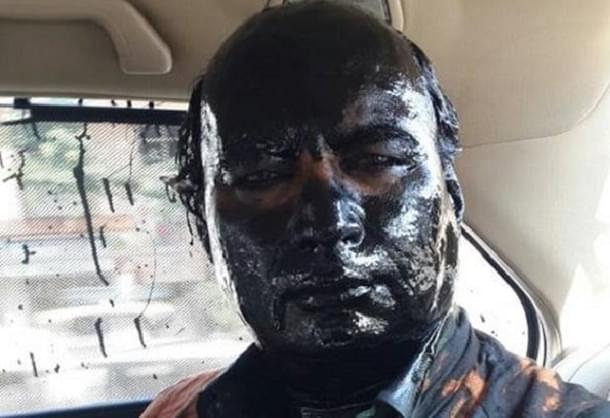
Sudheendra Kulkarni
For a performance to be critically appreciated one needs to do serious homework, strategise, and speak the diction of an evolved actor. But the Sena is so much besotted by the claps that it has refused to evolve into a serious political actor and find newer languages of politics. It has no clear economic policy, no long term political agenda, not even a blueprint for the economic growth of Maharashtra so that its favourite sons-of-the-soil theory gains some economic credibility. Shiv Sena’s position on foreign policy? Take a walk in Mumbai’s Shivaji Park.
A well-known Sena analyst this author has known for a long time offers a very clinical diagnosis of this lack of growth-
The Shiv Sena is not a political organisation. It is a movement. It is alive to happenings but not surroundings. It reacts to developments but fails to see the trends. In most situations it acts on impulse and rarely takes a long term view on anything. It has tricks and tactics but little strategy or agenda. It is organic in nature yet it can rarely be judged by the rules of organised politics. It knows little about the grammar of politics but knows a lot about the tricks of political survival. If there is one thing it has always stood by it is the political use of violence. Yet Shiv Sena is a much more humane socio-political and cultural ecosystem than many other political organisations and what its critics would concede.
This is a brilliantly true analysis of a very interesting political outfit. Little that Shiv Sena does appears logical but it continues to defy logic when it comes to understanding its survival. Critics and rival political parties have often lampooned it as a hotchpotch assortment of lumpen elements and ruffians. It is not an entirely incorrect observation but it hardly explains why the Sena has survived so long and why a large section of white-collar voters in Maharashtra supports the party of lumpen elements. There are no simplistic explanations for the kind of support Sena gets from some of the very serious Marathi language activists though there is hardly anything that the Sena has done for the nourishment of Marathi culture or literature.
Mumbai’s seasoned journalists always credit, with a tinge of awe, Sena founder Balasaheb Thackeray and his famed friend-foe George Fernandes with one ‘quality’—that in their heydays each of them could bring Mumbai to a standstill by a single call to their men, Thackeray to his boisterous and remarkably loyal sainiks and George to his trade union soldiers. The Thackerays—Balasaheb, son Uddhav, and nephew Raj—easily outnumber George in this respect—they have brought Mumbai to a halt more number of times. Quite curiously, such a cavalier approach to Mumbai has not stopped the city from becoming India’s commercial capital though Sena admittedly is a major roadblock in the plan to make Mumbai an international financial centre. Indeed, even Thackeray’s harshest critics acknowledge that it was the Sena that played a big role in not letting Mumbai become another Kolkata. It fought violent battles with the Communists in the 60s and 70s but made sure Mumbai continued to offer private jobs.
Sena’s self-contradictions and ad hoc politics stem from this history. And it is this baggage of history that prevents the Sena from learning the new languages and subtext of politics. In most situations it looks for the immediate gratification rather than a gradual and accumulated sense of political success. It invokes Shivaji Maharaj but hardly seems to have learned anything worthwhile from his great strategic and political mind. It loves winning elections but demonstrates petite planning to conquer new territories.
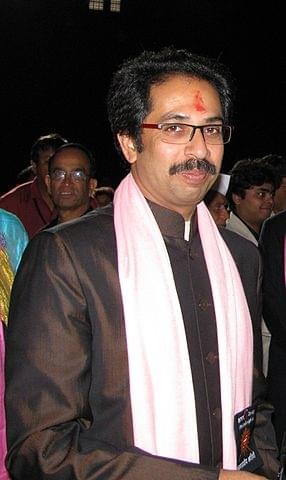
This unambitious approach to politics explains why the Sena, in spite of its central theme of nativist and anti-migrant politics, has never fully conquered Maharashtra also. It’s best electoral performance was in 1995 assembly elections when it won 80-odd seats in 288-member Maharashtra assembly. In 2014 elections it won only 63 seats even though Uddhav Thackeray indulged in a soft self-promotion as the chief ministerial aspirant. It lost out to the BJP in a bitter battle of egos and political strength when the BJP won nearly double the Sena seats. It has been an even bitter battle since then. The Sena is not used to humiliation especially at the hands of the BJP. It has relished humiliating the BJP though in the past.
Maharashtra’s political circles are rich with instances of BJP ministers and leaders humiliated by Thackeray senior, Uddhav, and even Uddhav’s young son Aditya. Shiv Sena mouthpiece Saamna routinely criticises BJP leadership at the centre including Prime Minister Modi and in state. Thackeray senior would not spare even Vajpayee and Advani and at times used cheap language to ridicule them. In 2014 when the BJP-Shiv Sena were in the midst of particularly difficult seat sharing talks, the Sena sent in Aditya, 25, to negotiate with the BJP president Amit Shah. Many in the BJP call this moment the deal breaker. The BJP called the alliance off and decided to fight independently.
What followed was a vile, communal, and parochial campaign where Shiv Sena openly encouraged public innuendoes at the Gujarati ‘hegemony’ over the BJP and the BJP’s plan to secede Mumbai from Maharashtra. Modi, who campaigned extensively in the Maharashtra elections, publicly refused to hit back at the Sena owing to respect for the late Thackeray senior. But that did not stop other BJP leaders from attacking the Sena. The results showed BJP as the single largest party short of a simple majority. The BJP won the ego battle with Sena but did not fully win the Maharashtra war. The NCP, which had also called its alliance with Congress off, offered to support the BJP before Sena did. Stung and humiliated, the Sena played the blinking game and nearly forced the BJP to do business with NCP. Pressure from the MLAs and a long tenure out of power forced Uddhav to finally join the government.
But it has been an uneasy alliance to say the least. BJP has continued to rub it in by giving insignificant portfolios to Sena ministers and the Sena continues to play the double role of a partner in power and an opponent as well. In going after Sudheendra Kulkarni, the Sena has furthered this fight with the BJP. Hours after Shiv Sainiks smeared ink on Kulkarni’s face, Sena MP Sanjay Raut called the former a ‘Pakistan agent’ and reminded the BJP that the same Kulkarni had ‘advised’ L K Advani to praise Pakistan founder Mohammed Ali Jinnah as ‘secular’ in 2005. Raut did not criticise Chief Minister Devendra Fadnavis but that the Sena was talking at the BJP and not at Kulkarni was obvious since Fadnavis, as Maharashtra’s home minister, had promised to provide full security for the book release event. The book release took place despite Sena’s protest and Fadnavis won enormous diplomatic profile for himself and the BJP. The Sena was happy with its street play act but spectacularly failed again to outgrow its toys.
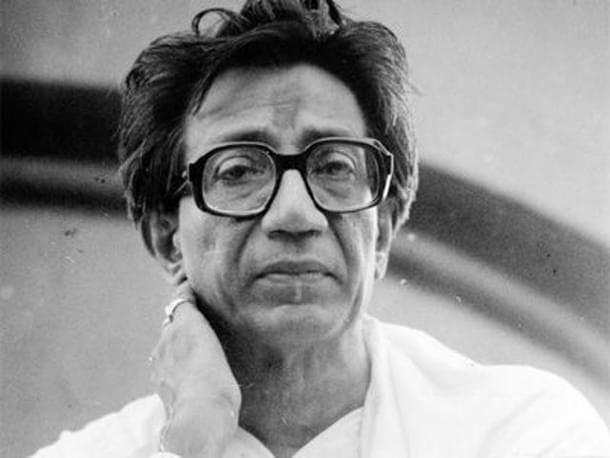
It is obvious that the 2014 humiliation is hurting the Sena and it will keep hurting till the Sena gives it back to the BJP. It is looking at the 2017 elections to the Mumbai Municipal Corporation, India’s richest civic body, to make it even with the BJP. The Sena rules the Mumbai Corporation currently with the BJP but both the parties have given enough indications that they would like to have one more go at each other in the 2017 civic elections. Sena has been a great survivor but the 2017 civic election is almost an existentialist fight for the Sena.
If it loses Mumbai it loses its very identity and vitality. The BJP does not have so much to lose and that makes it an even more formidable rival than it ever was for the Sena in Maharashtra. Mumbai, and Maharashtra, will continue to see similar medium to moderate level skirmishes between the BJP and Shiv Sena till early 2017. Sudheendra Kulkarni, Kasuri, and Pakistan are just ad hoc triggers in keeping with the Sena School of ad hoc politics.





